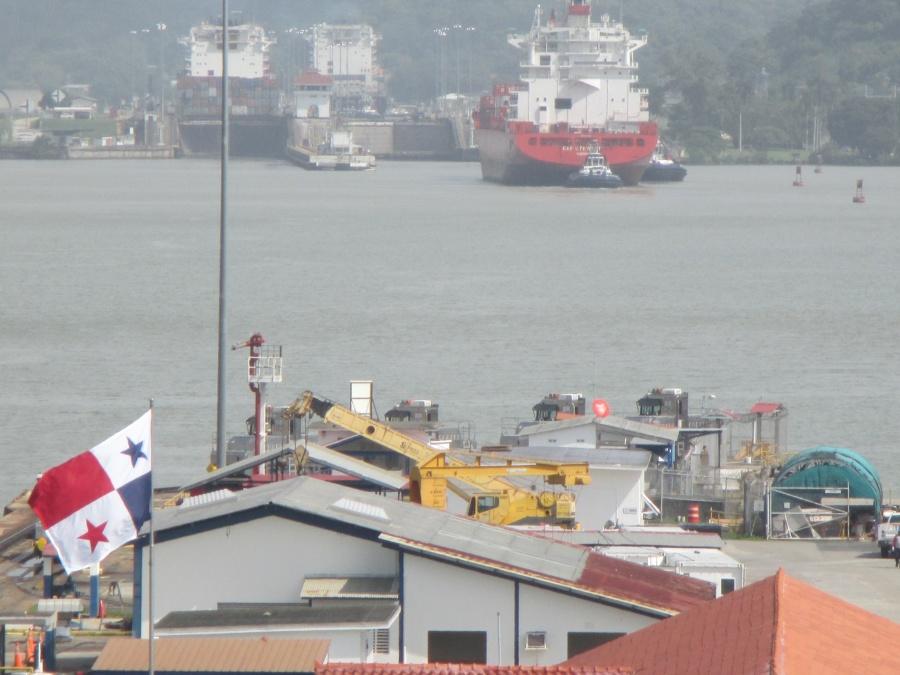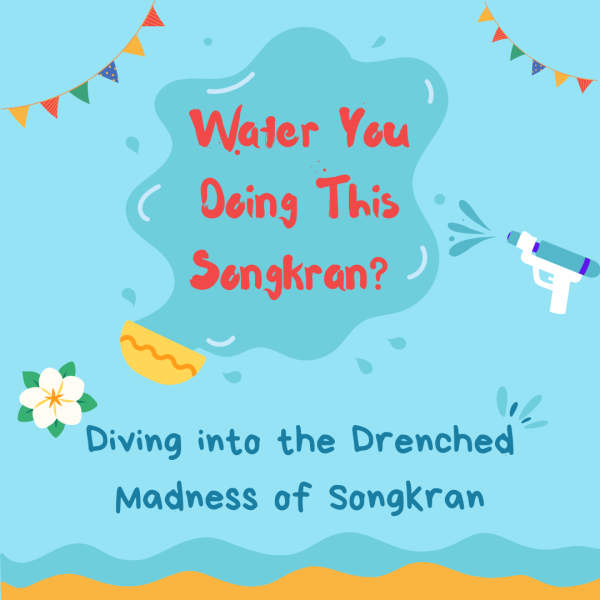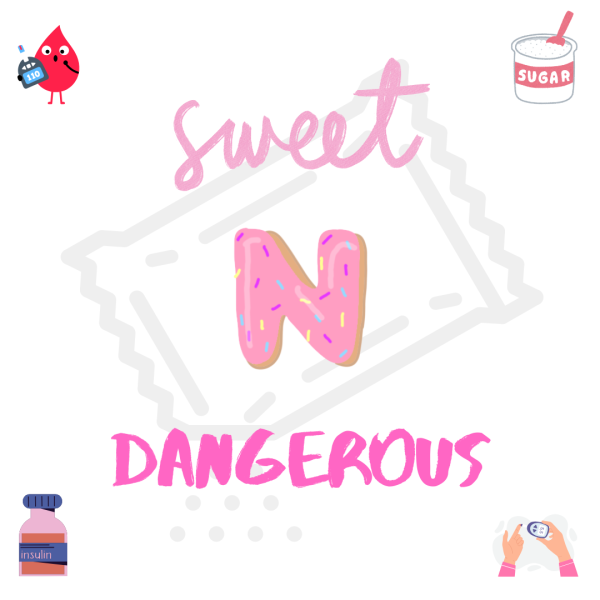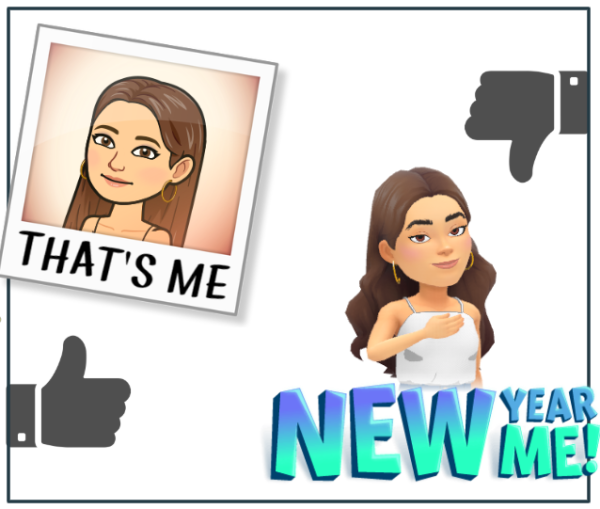AROUND THE WORLD IN 7 DAYS
Panama: More Than A Celebration
While Americans were lining up to vote, citizens in the Central American country of Panama were celebrating. This week in Panama was arguably the most festive and exciting week of the entire year. Monday kicked the festivities off with the equivalent to the 4th of July- Panama-Colombian Separation Day. Tuesday, the celebrations continued with Flag Day. Finally, Dia de Colón (Columbus Day) on Wednesday topped off the holiday week. Each day came with its own set of celebrations, each as unique and lively as the Panamanian people themselves.
The South American countries of Panama, Colombia, Venezuela, and Ecuador once were united together as Gran Colombia, as a response to Spanish Independence. Eventually, the union divided into the borders we know today, but with one exception: Panama continued to be under Colombian control. Panama continued under Colombian rule for more than seventy years, until one fateful day in November. November 3 was the turning point for Panamanian independence, and is seen as a definitive chapter in the people’s history. “Panama was not the country we know today, it was in the hands of other countries. But on this day, Panama became independent, could separate from Colombia, and carry it’s unique flag.” Nasi Martinez, a native Panamanian, speaks his opinions on this important national holiday. “That is why I am so excited to celebrate this day. For me, Independence is the best holiday because Panama is proud of this event in its history, and now we are an independent country with a unique flag.”
This brings up the next holiday- Flag Day. Every year on November 4, Panamanians join together to celebrate the distinct flag of their country. For the citizens of Panama, however, Flag Day is more than a day of recognition for the country’s national banner. The flag of Panama was designed and created in secret, before independence. The current quartered flag was designed by the first president of independent Panama: Manuel Amador Guerrero. Maria Ossa de Amador is credited as the creator of the flag. The colors of the flag- red, blue, and white represent the Conservative Party, the Liberal Party and peace, respectively. The two stars represent purity and the law of the new independent country. Schools across Panama celebrated this national holiday with school wide parades and marches. Choruses sang patriotic songs, and music was played from the various ethnic groups spread throughout the country.
Finally, the celebrations wrapped up with Día de Colón on November 5. This day is equivalent to the American Columbus Day. One of the oldest settlements of the Americas is located in Panama, so the celebrations are on a much larger, national scale.
Overall, this week has been one of happiness and festivities in Panama. Panamanians are rejoicing independence and celebrating the history and uniqueness of their country.












